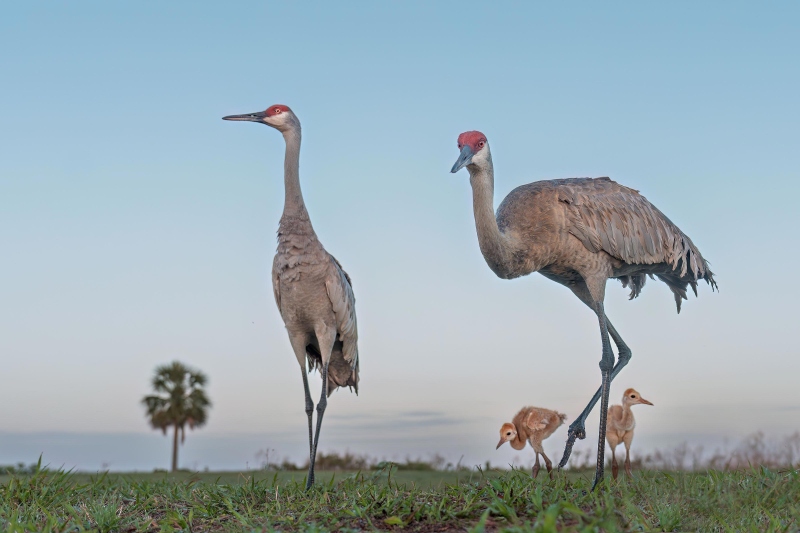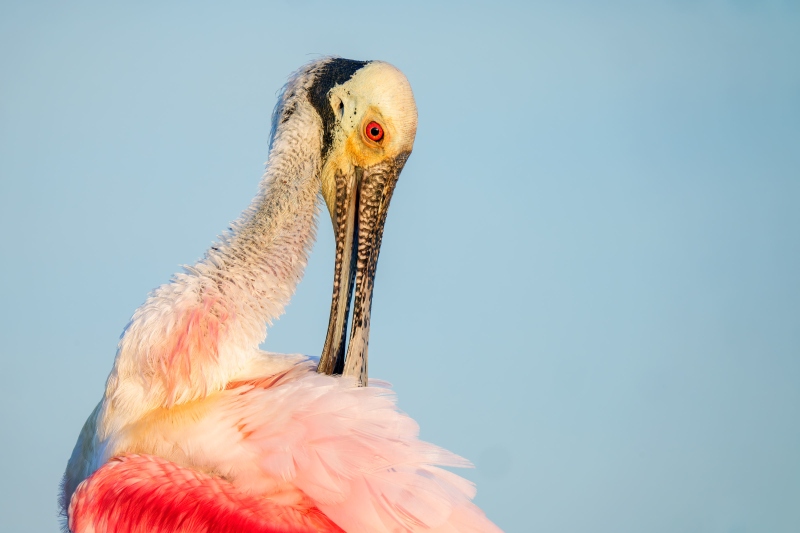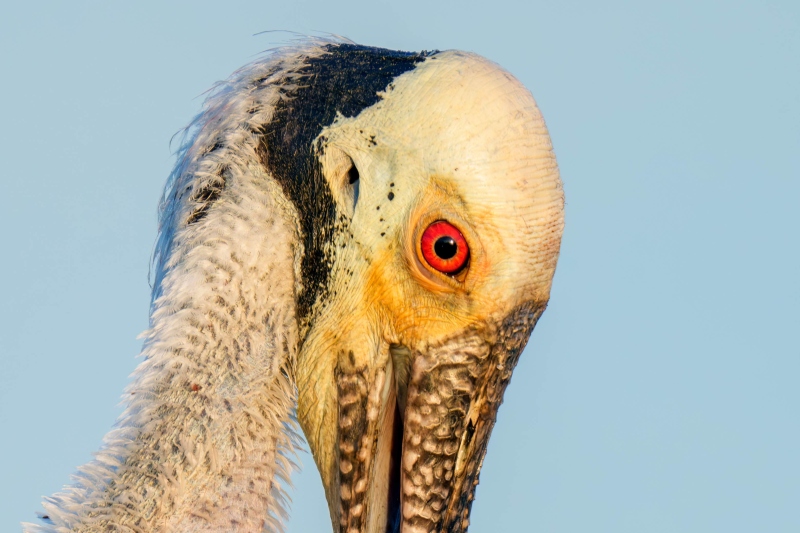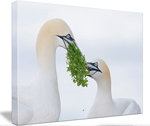Don’t Just Shoot: Learn
If you are interested in changing your life and becoming a better photographer by joining me on an Extended IPT at Sebastian Inlet for Ospreys and more (SEPT 25 to NOV 24, 2025) or in San Diego for Pacific-race Brown Pelicans and more (JAN 6 to FEB 2, 2026), please e-mail for dates, rates, terms, and additional information. Or, shoot me a text to 863-221-2372. Both offerings include options for shared AirBnB lodging and ground transportation during your stay.
Your Call
Which of today’s three featured extreme images is your favorite. Why did you make your choice? Which one do you consider the most extreme? Why?
In the Last Blog Post
In the last blog post, Totally Blessed in Many Ways and Loving Life here, I wrote: Which two of today’s 10 very excellent featured images do you think are the strongest? Why? Which is the weakest/most ordinary of the lot? My answers are crystal clean and will be shared with you on the next blog post.
First off, thanks to the many who left a comment. For me, the two strongest photos were Image #8: Roseate Spoonbill head and neck flight portrait, and Image #10: Great Egret wrestling with vine for nest. The former for the bird’s bright breeding colors, the uniqueness of a flight head shot (along with the accompanying difficulty), and the incredible sharpness; the latter for the dramatic white on blue color scheme (with a bit of greenery), the perfect head angle, and the interesting behavior. For me, the Wood Stork image as a close third. The weakest/most ordinary image was clearly #9, the GBH head portrait.
Thanks to the many who commented. The Great Egret shot was a crowd favorite. Strange that until Cliff Beittel’s late comment, nobody mentioned my pick of the litter, #8. Except for Milinda Nonis who singled out #8 and 8A as the weakest (in her option). Several folks were appreciative of Image #7, Roseate Spoonbill in flowers. Cliff, and Bob Eastman, both accomplished photographers, agreed with me on the Great Blue Heron head shot being the most boring 🙂 Anthony Ardito and David Policansky (Dr. Fish) agreed that they would have deleted Image #4, Roseate Spoonbill in flight with nesting material/body crop. I loved the creative, out of the box crop and that orange/copper tail.
What’s Up?
On Monday morning, I met Mishael Voisin for an In-the-Field session at Stick Marsh. A very sweet and fit young man, he was born in Trinidad, lives north of Saskatoon, Saskatchewan, Canada, and has an extensive kit of Canon gear. As is usually the case, he needed lots of help — with exposure, wind direction and sky conditions, bird behavior, and sun angle. With a south wind — less than ideal for the spoonbills, we enjoyed a fair morning of bird photography but a stellar morning of bird photography education. He was hampered in part by the difficulty of zooming in an out with the Canon 100-500. I am unsure as to how such a clunker of a lens is so popular. Not to mention the absence of Zebra technology. Mishael signed up for brunch and an image review session and as you might have suspected, he wound up with several stellar images.
Midday on Monday, I did some more work on the revision of the Sony 300mm GM Lens Guide and then checked out of my AirBnB a day early and drove back to Indian Lake Estates. I was thrilled to learn that dear BAA friend, the irascible Bill Schneider, sold his used/like-new Sony a-1 for $3500.00 only days after it was listed.
Today is Tuesday 8 April 2025. I am meeting accomplished photographer Joe Norton for a morning Baby Crane In-the-Field session here at ILE. Early this afternoon, Anita North and I head up to the St. Augustine Alligator Farm for a four morning busman’s holiday. Whatever you plan on doing, I hope that you too opt to have a wonderful day. Do remember that happiness is a choice — Byron Katie, The Work.Com.
If an item — a Delkin flash card, or a tripod head — for example, that is available from B&H and/or Bedfords, is also available in the BAA Online Store, it would be great, and greatly appreciated, if you would opt to purchase from us. We will match any price. Please remember also to use my B&H affiliate links or to earn 3% cash back at Bedfords by using the BIRDSASART discount code at checkout for your major gear purchases. Doing either often earns you free guides and/or discounts. And always earns my great appreciation.
Indian Lake Estates BAA Baby Crane In-the-Field Sessions
I am currently available for morning BAA Baby Crane In-the-Field sessions on the following dates: April 13-17, 19-24, & 29-30. The first half of May should be ideal as well. Please e-mail for costs and additional information. Or, shoot me a text to 863-221-2372.
The Sony 400-800mm G Zoom Lens — Slow, a Bit on the Heavy Side: But With More Spectacular Results!
I did not think that I would like this lens — too heavy, too slow. Instead, I have fallen in love with it.
I learned three new things about Sony’s big zoom on Monday:
1- It is the first and, as far as I know, the only Sony G lens to offer a Direct Manual Focus (DMF) switch. This is a huge plus as it allows you to pre-focus manually with the AF switch set to AF. All GM super-telephotos have a DMF switch. The 200-600 G lens does not have a DMF switch.
2- Sony switched the design of the mounting holes on the new lens. It will take some research to come up with a suitable low foot. Note: the lower the foot, the better the performance of the lens on a tripod topped by a Levered-clamp FlexShooter Pro.
3- Optically, the 4-8 with the 1.4X TC is superb. At f/11, this is of course a very slow combination, but on sunny days, brilliant results can be achieved. Note that at 1/500 second, I needed ISO 2000 to come up with a perfect exposure, that despite the abundance of sunshine.
I’ve continued to use the new 4-8 more and more at Stick Marsh whenever the sun comes out. Working in Manual mode, I need to be at f/8 to avoid any exposure screw-ups. The high shutter speeds needed for flight and action find me working with ISOs ranging from 1600 to 2500 even in bright conditions. It goes without saying, however, that the relatively low maximum aperture of f/8 is a handicap in cloudy conditions. But the images are the payoff. Be sure to see Image #3 made at 1120mm! Hand held!
Huge thanks to Anita North, Larry Master, and Pamela Viale, who each used A BAA affiliate link to order their Sony FE 400-800mm f/6.3-8 G OSS lenses. Pam is pairing her 4-8 with her 300mm f/2.8 (plus both TCs); that seems like a perfect marriage to me. Each of them and everyone else who uses either my B&H link or the BIRDSASART discount code at checkout with Bedfords to purchase their 400-800 will receive a free lens guide in approximately three weeks. If you are confused as to using the links, please e-mail for details.
Those who do not use a BAA affiliate link to purchase their 400-800s will be able to purchase the 400-800 lens guide by sending a PayPal for $101.43 to birdsasart@verizon.net. I am bringing my 400-800 to the Alligator Farm and will be using it on a tripod for the first time. For now, the Wimberley P-35 Plate is the best option.
Supporting My Efforts Here
If you enjoy and learn from the blog, are all set for gear, or live overseas, consider leaving a BAA Blog Thank You Gift here.
If you enjoy and learn from the blog, please consider using one of my affiliate links when purchasing new gear. It will never cost you a single penny. To support my effort here, please order from B&H by beginning your search here. Or, click here, to order from Bedfords and enter the discount code BIRDSASART at checkout to receive 3% cash back to your credit card and enjoy free Second-Day Air Fed-Ex shipping. It is always best to write for advice via e-mail.
Thanking me for the previous 4373 educational blog posts by using one of my two affiliate links could not be any easier and will not cost you one penny. Please shoot me your e-mail receipts for major purchases.
In many cases, I can help you save some serious dollars. And/or prevent you from purchasing the wrong gear from the wrong shop.
|
|
|
This image was created on 28 March 2025 on a Stick Marsh Extended IPT. Seated on a pillow atop a sturdy milk crate, I used the hand held Sony FE 300mm f/2.8 GM OSS Lens (Sony E) and The Latest Greatest Sony Flagship Body, the a1 II Mirrorless Camera. Exposure determined via Zebras with ISO on the Thumb Wheel. ISO 1000: 1/125 sec. at f/2.8 (wide open) in Manual mode. RawDigger showed that the exposure was dead solid perfect: AWB at 7:15:19am with the sun behind a fog bank. Wide/AF-C with Bird Eye/Face Detection enabled performed perfectly. Image #1: Anhinga with small Largemouth Bass |
Extremely Slow Shutter Speed for a Swimming Bird
I was working on creating some pleasing blurs of incoming Roseate Spoonbills when I noticed an Anhinga to my right with a speared Largemouth Bass. I increased the shutter speed several times clicks and increased the ISO until I had some Zebras on the water. When I began reviewing my images, I was dismayed to note that I had only gotten to 1/125 second. 1/250 would have been much better. I was however, thrilled to see that I made one sharp image. Though the head angle of the bird is less than ideal the body angle of the fish was perfect! Sometimes it pays to be lucky. Remember that the best stabilization system in the world cannot correct for motion blur due to subject movement.
|
|
|
This image was created by Anita North on 7 April 2025 at Indian Lake Estates, FL. Sitting on damp grass and working off the titled rear monitor, she used the hand held Sony FE 24-70mm f/2.8 GM II lens (Sony E) (at 31mm) and The Latest Greatest Sony Flagship Body, the a1 II Mirrorless Camera. Exposure determined via Zebras with ISO on the Thumb Wheel. ISO 3200: 1/2000 sec. at f/3.2 (stopped down /3 stop) in Manual mode. RawDigger showed that the exposure was dead solid perfect: AWB at 7:20:28am with the sun behind some clouds in the eastern sky. Wide/AF-C with Bird Eye/Face Detection enabled performed perfectly. Image #2: Sandhill Crane pair with two chicks |
An Extremely Wide Angle Bird-scape
Kudos to Anita for envisioning a wide angle image of a crane family. The birds are both trusting and curious. For this image, Anita sat down on the grass with her wide angle lens and waited for the family to feed their way to her. Such images are extremely challenging; she created several thousand photos with just a few keepers. Her best advice: You’ve got to trust your AF system.
|
|
|
This image was created on 7 April 2025 on a Stick Marsh In-the-Field session at Fellsmere, FL. Seated on a sturdy plastic milk crate topped with an old pillow, I used the hand held Sony FE 400-800mm f/6.3-8 G OSS lens (Sony E) with the Sony FE 1.4x Teleconverter (at 1120mm!) and The Latest Greatest Sony Flagship Body, the a1 II Mirrorless Camera. The exposure was determined by Zebras with ISO on the rear wheel. ISO 2000: 1/500 second at f/11 (wide open!) in Manual mode. RawDigger showed that the exposure was dead solid perfect. AWB at 7:29:05am on sunny morning. Wide/AF-C with Bird-Eye/Face Detection performed perfectly. Click on the image to enjoy the larger, inexplicably sharper high-res version. Image #3: Roseate Spoonbill preening |
Extremely Long Focal Length for Hand Holding
The incoming flight action ended rather early on Monday morning. There were several nice spoonbills standing on the jetty rocks preening so I figured, What the heck. And for the first time ever for me, I added the 1.4X TC and went to work. We usually do not recommend using f/11 wide open for bird photography, but in this case, it was the perfect set-up. I went with a borderline shutter speed of 1/500 second; most but not all of the images were more than sharp enough. This strategy opens up whole new worlds when working relatively static subjects with the 400-800 on sunny days.
|
|
|
This is an unsharpened 100% crop of Image #3 Image #3A: Roseate Spoonbill preening |
Extremely Sharp for Hand Held at 1120mm
Sony G lenses are not supposed to be as sharp as GM lenses. But for me, this 100% crop of an image made at 1120mm handheld looks mighty fine to me.
Yes, the new 400 -800 is relatively slow and relatively heavy, but it is a heck of a lot easier to hand hold than the 600mm f/4 and its versatility and zoom range are stunning.
Typos
With all blog posts, feel free to e-mail or to leave a comment regarding any typos or errors.


















The anhinga with fish image is the clear winner. My initial response was WOW! Dramatic in its simplicity plus the sharp focus of the fish helps make it so successful. The pink background is lovely, and the wake of the anhinga provides the sense of motion. This is one of those images that the more I look at it, the more I like it. Artie—one of your best!
#1 because I’ve never seen an anhinga with a fish that big — and so far out of the water!
Thanks, Pat. I will see you this morning at 6:45am.
with love, artie
#2 is a wow image for me. the wide angle makes the cranes so majestic and close to the viewer. Anhinga with fish is next because it is such a low percentage chance of getting an anhinga with such a big fish. the water color is beautiful and to have a clear background is an added bonus.
Thanks. There was a lot of pink in the water on the Anhinga morning caused by some colorful clouds in the east.
with love, artie
Anita takes this one – love the crane family birdscape for a number of reasons.
1. The simple fact that it is, indeed, a birdscape.
2. The LOOOOW POV.
3. The palm tree for balance.
4. The inquisitive look, and raised right leg, from the adult on the right.
5. My only wish would be for some space between the right colt and the adult’s leg.
Thanks for your detailed comments, David. As to #5, we both agree.
with love, artie
Three strong images. Beautiful colors and composition with the spoonbill, and I don’t think I’ve ever seen an Anhinga with a bigger fish. For me, the Anhinga is a perfect example of why a perfect head angle isn’t always best–of course the bird is looking at the fish! But I think Anita’s cranes make the strongest image, in part because the image is so extreme. Especially love that over-the-horizon palm that Tom mentioned. It accentuates the wild focal length and the size and closeness of the birds.
Thanks as Always Cliff. Your erudite comments are always appreciated.
with love, a
Anita’s sandhill cranes is the favorite for me with it’s low perspective, wide angle at 31mm and the palm tree in the background all make the image. As for most extreme, you can make a case for each of them for different reasons, I’ll go with image #1 for being a hand held image of a moving subject while still being that sharp at 1/25 SS and 300mm.
Thanks, Tom. Sorry: 1/25 was a typo — should have been 1/125 sec. My “1” key is still sticking!
with love, artie
All great images but #1 is an easy favorite for me, only partly because any image with a fish in it is good. Great composition, great action.
I am shocked that you liked the one with the fish. Not!
with love, a
Aaah. Still good at 1/125 but not as ‘extreme’ as I first thought. With that, I will say Anita takes it for extreme, as well as overall. The perspective gives the cranes the appearance of extreme, almost prehistoric with the palm as a size reference. my two cents.
Thanks Tom. Extreme enough for me at 1/125 as 24 out of 25 had severe motion blur 🙂
with love, a